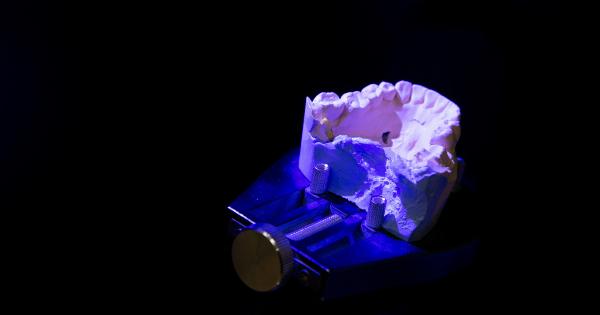The Waterfall Model is a traditional and sequential approach to software development. It consists of a linear process where each phase is completed before moving on to the next.
The phases typically include requirements gathering, design, development, testing, and maintenance. While this model has been widely used in the past, its inherent rigidity and inability to accommodate changes have led to the emergence of more flexible and agile methodologies.
The Limitations of the Waterfall Model
Despite being a popular choice in the past, the Waterfall Model has several drawbacks that have made it less suitable for modern software development:.
1. Lack of Flexibility
In the Waterfall Model, each phase is completed before moving on to the next. This lack of flexibility makes it challenging to respond to changing requirements or address potential issues that may arise during development.
Any changes requested after the requirements phase often require significant effort to implement, potentially causing delays and budget overruns.
2. Difficulty in Gathering Accurate Requirements
Requirements gathering is one of the earliest phases in the Waterfall Model. However, accurately capturing all the requirements upfront can be challenging, leading to misunderstandings and potential scope creep.
Additionally, clients’ needs and expectations often evolve over time, making it essential to have a more adaptable approach.
3. Inefficient Issue Detection and Resolution
In the Waterfall Model, testing is typically conducted at the end of the development cycle. This delayed testing approach makes it difficult to identify and address issues early on, leading to potential project delays and increased costs.
The Agile Alternative: Embracing Iterative Development
In contrast to the Waterfall Model, Agile methodologies promote iterative and incremental development. This approach allows for a more flexible and adaptable process, enabling teams to respond to changes more effectively.
Implementing an Agile framework can help organizations dispose of the Waterfall Model rapidly and reliably. Here are some steps to consider:.
1. Embrace Agile Methodologies
Adopting an Agile methodology, such as Scrum or Kanban, can provide the framework necessary to transition away from the Waterfall Model. These methodologies emphasize collaboration, iterative development, and continuous improvement.
By embracing Agile, teams can become more responsive to evolving requirements and deliver software in a more efficient manner.
2. Establish Cross-Functional Teams
To enable successful Agile implementation, it is crucial to establish cross-functional teams. These teams should comprise individuals with different skills and expertise relevant to the project.
By bringing together professionals from various disciplines, teams can collaborate effectively and deliver high-quality software more rapidly.
3. Prioritize Effective Communication
Communication is key in any software development process, especially when transitioning from the Waterfall Model to Agile. Encourage open and transparent communication within the team and with stakeholders.
This helps to ensure everyone is on the same page and reduces the likelihood of misunderstandings or misalignment.
4. Implement Iterative Development and Continuous Integration
In Agile methodologies, development occurs in short iterations or sprints. Each sprint focuses on delivering a specific set of features or functionalities.
By breaking down the project into smaller, manageable tasks, teams can maintain a steady pace of development while incorporating feedback and adapting to changing requirements. Continuous integration practices further enhance the development process by ensuring regular builds and automated testing.
5. Emphasize Regular Testing and Quality Assurance
In Agile, testing is integral to the development process and occurs throughout the project, not just at the end.
By conducting regular testing and quality assurance activities, teams can detect and address issues early on, preventing them from snowballing into more significant problems. This approach saves time and increases the overall reliability of the software.
6. Foster a Culture of Collaboration and Adaptability
Transitioning from the Waterfall Model to Agile is not just about adopting a new methodology; it requires a cultural shift within the organization. Encourage collaboration, knowledge-sharing, and an attitude of continuous improvement.
Emphasize the importance of adaptability and agility in responding to changing market demands and customer needs.
7. Continuously Monitor and Adapt
Agile is a dynamic process that requires continuous monitoring and adaptation. Regularly evaluate the team’s performance, identify areas for improvement, and make necessary adjustments to optimize the development process.
Embrace feedback from stakeholders and end-users to fine-tune the software and ensure its alignment with evolving requirements.
Conclusion
The Waterfall Model, once a predominant approach to software development, has limitations that hinder its effectiveness in today’s fast-paced and ever-changing technological landscape.
By embracing Agile methodologies and adopting an iterative and collaborative approach, organizations can dispose of the Waterfall Model rapidly and reliably. This shift not only enables quicker delivery of high-quality software but also fosters a culture of adaptability and continuous improvement.































